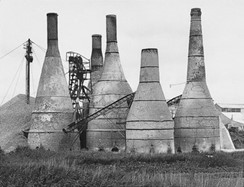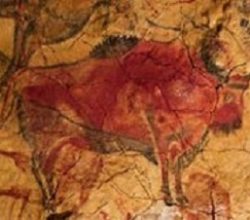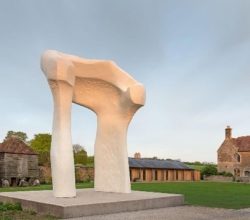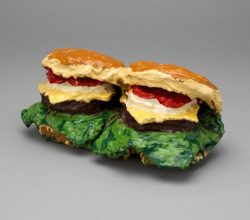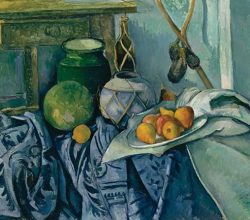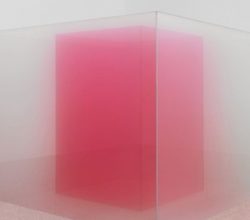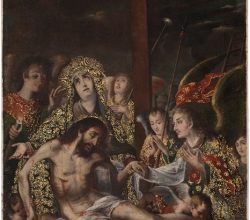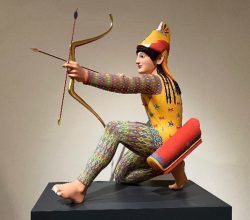
The Met’s New Show Dispels the Myth of White Greek Sculpture in a Blaze of Color
Tessa Solomon | ARTnews | 25th July 2022
Both the Egyptians and Greeks attached meaning to colours and painted their sculptures accordingly. But pigments fade. By Michelangelo’s day, sculptors idealised white marble, unpainted, not just because it highlighted “pure form” but also because they thought they were copying the ancients. Modern painted replicas of ancient works, dismissed by some as “brassy, vulgar, will likely change how we interpret them. Says the museum director “for some, it will be a shock”. A video is here.


